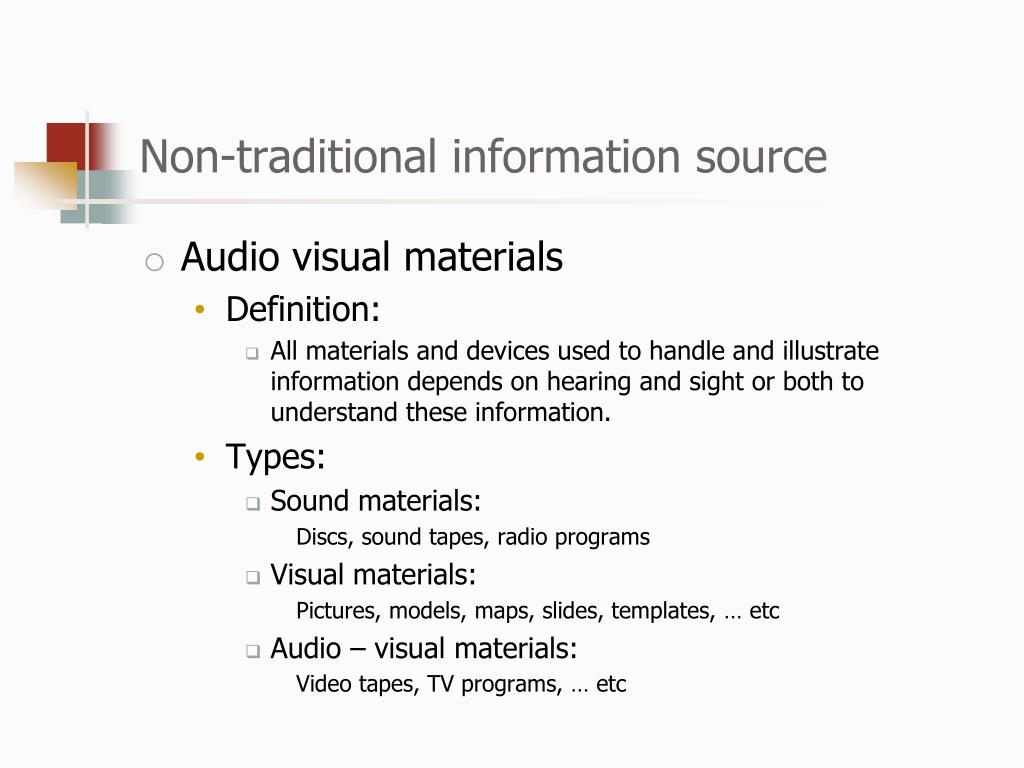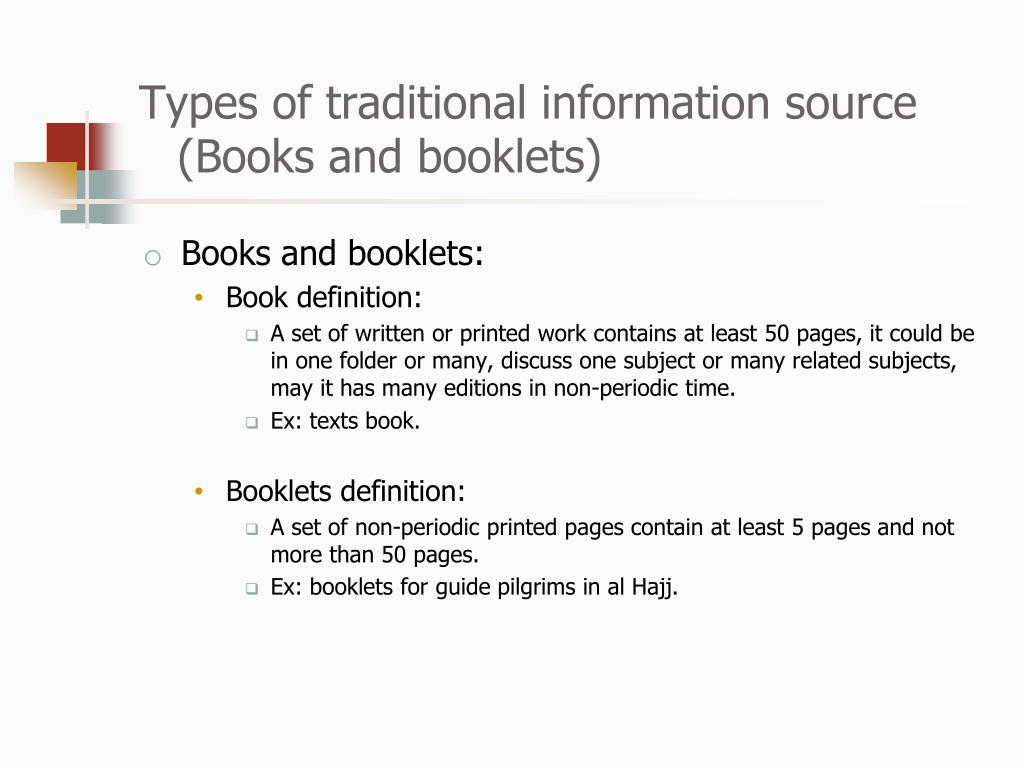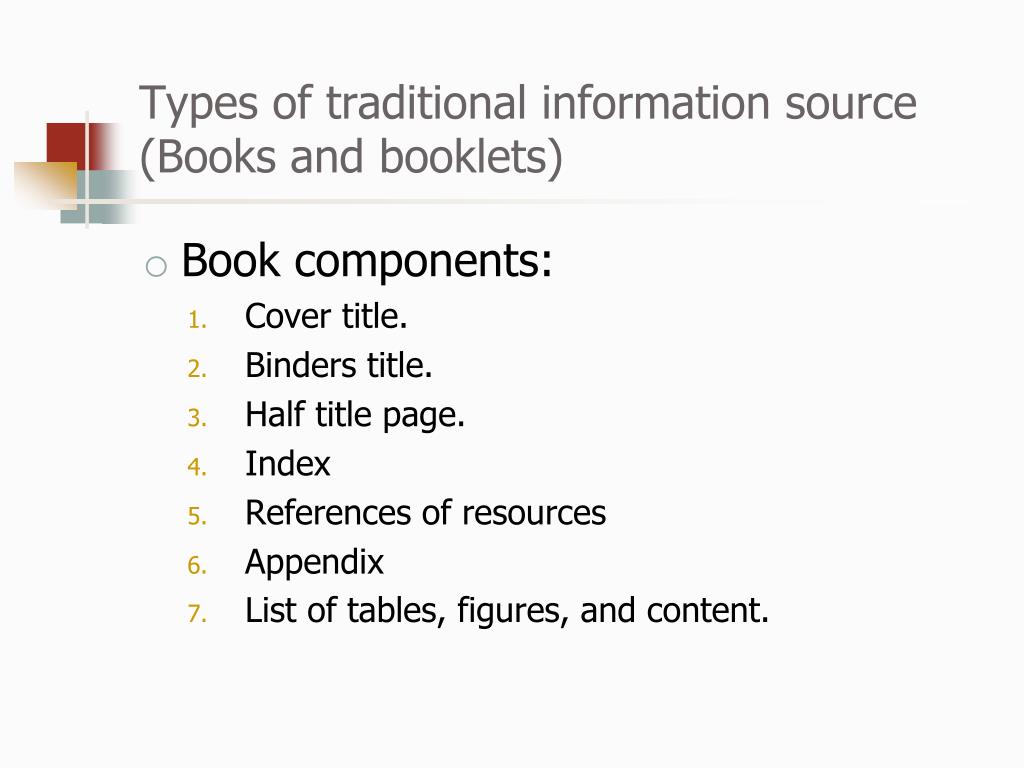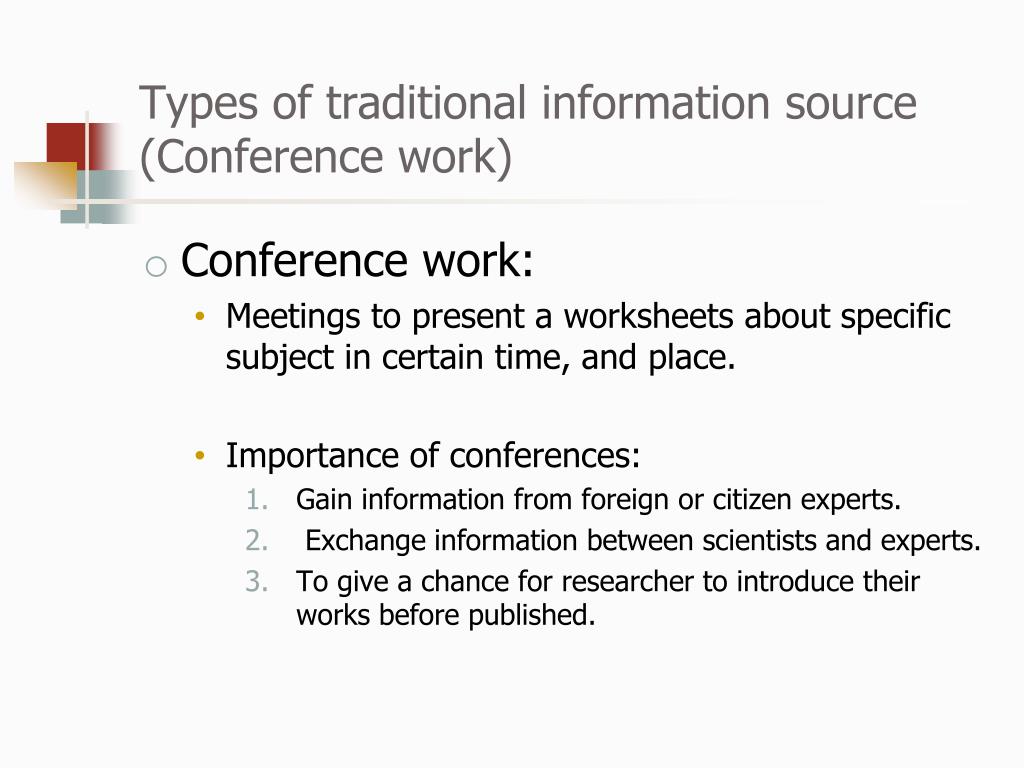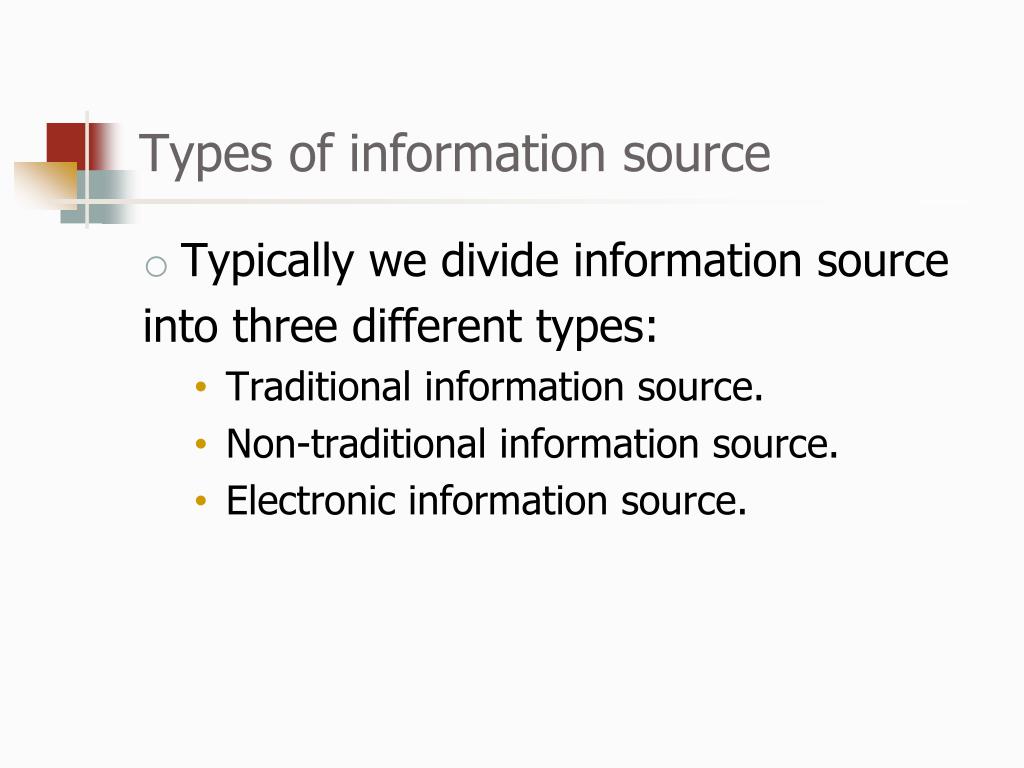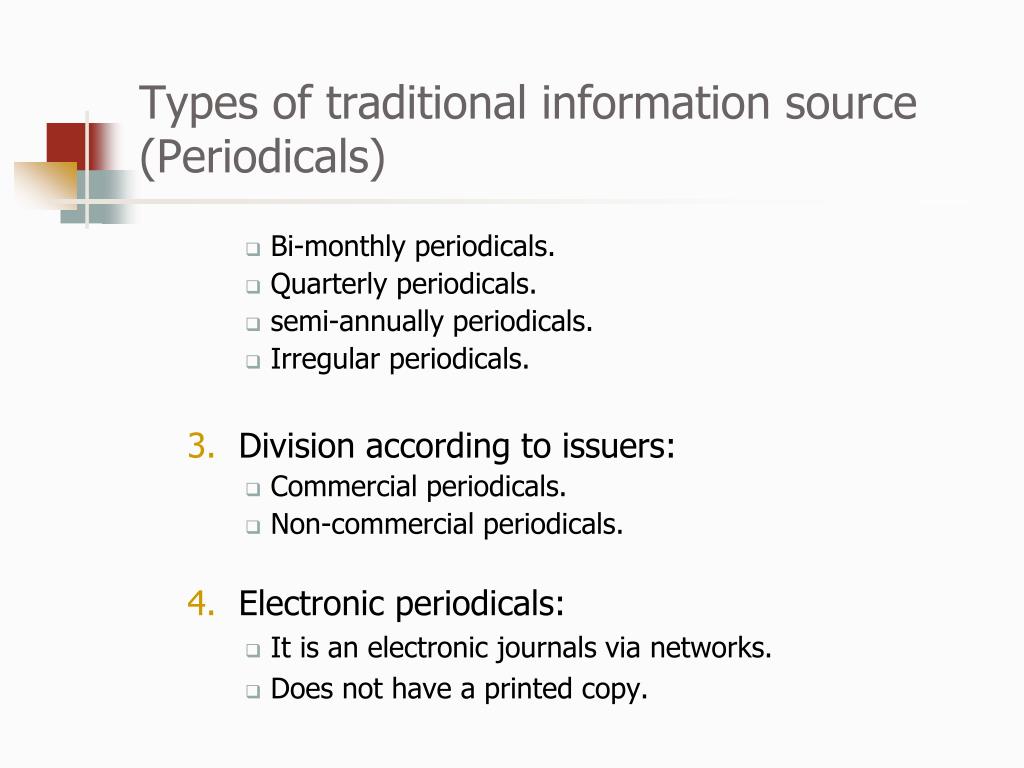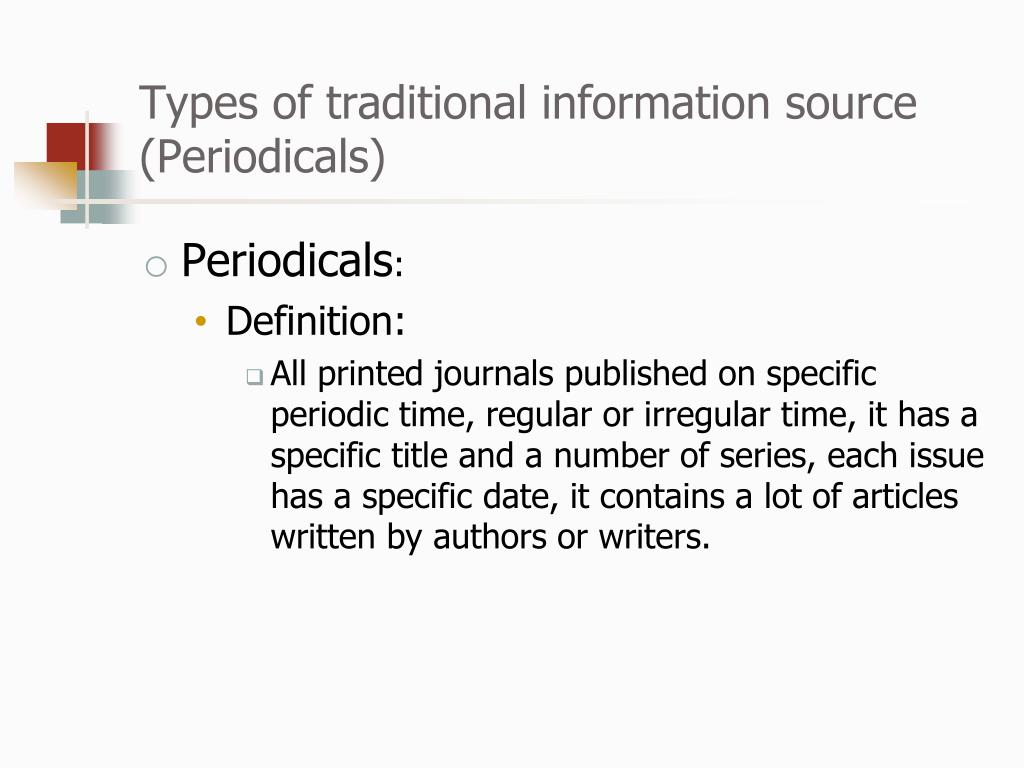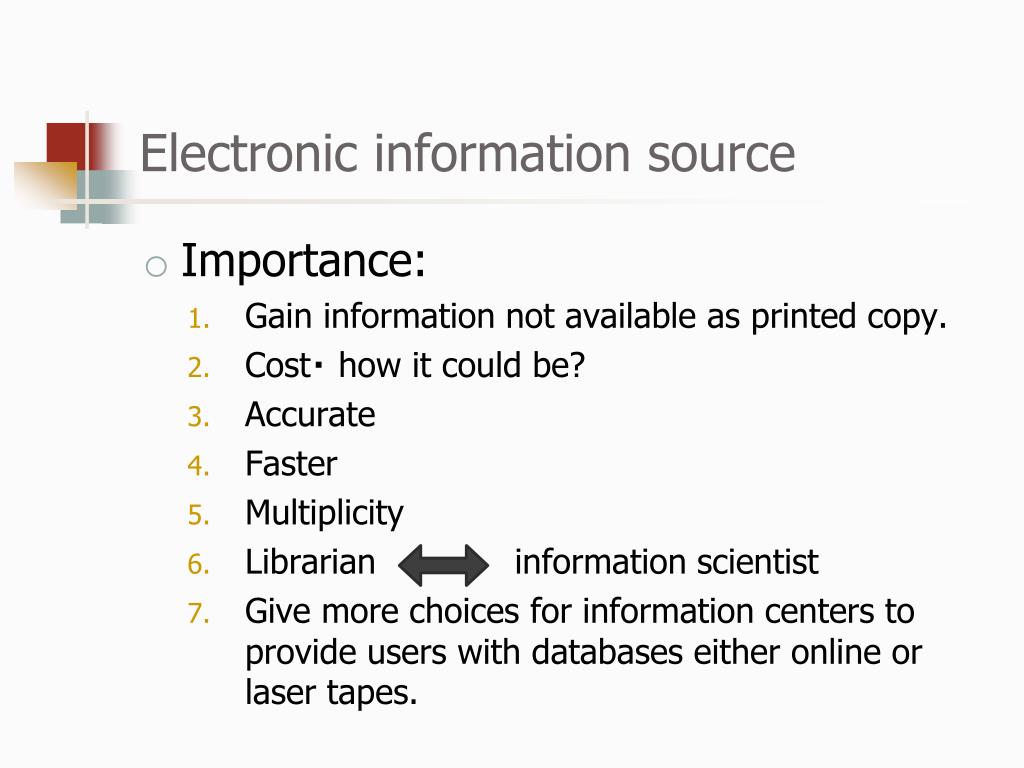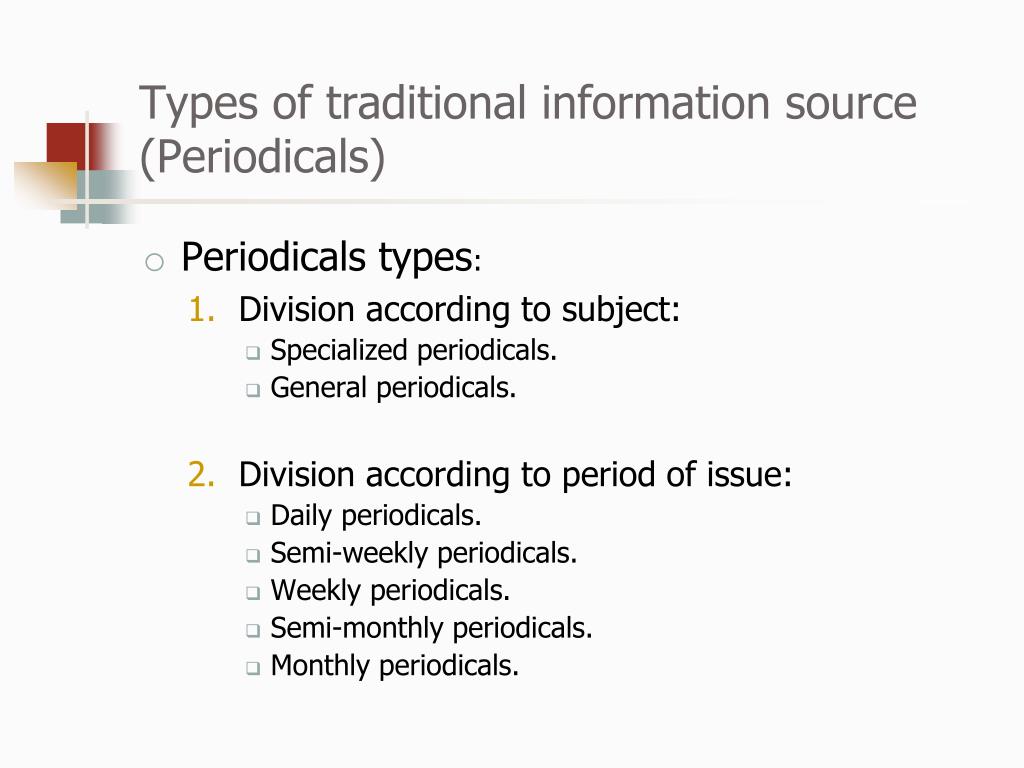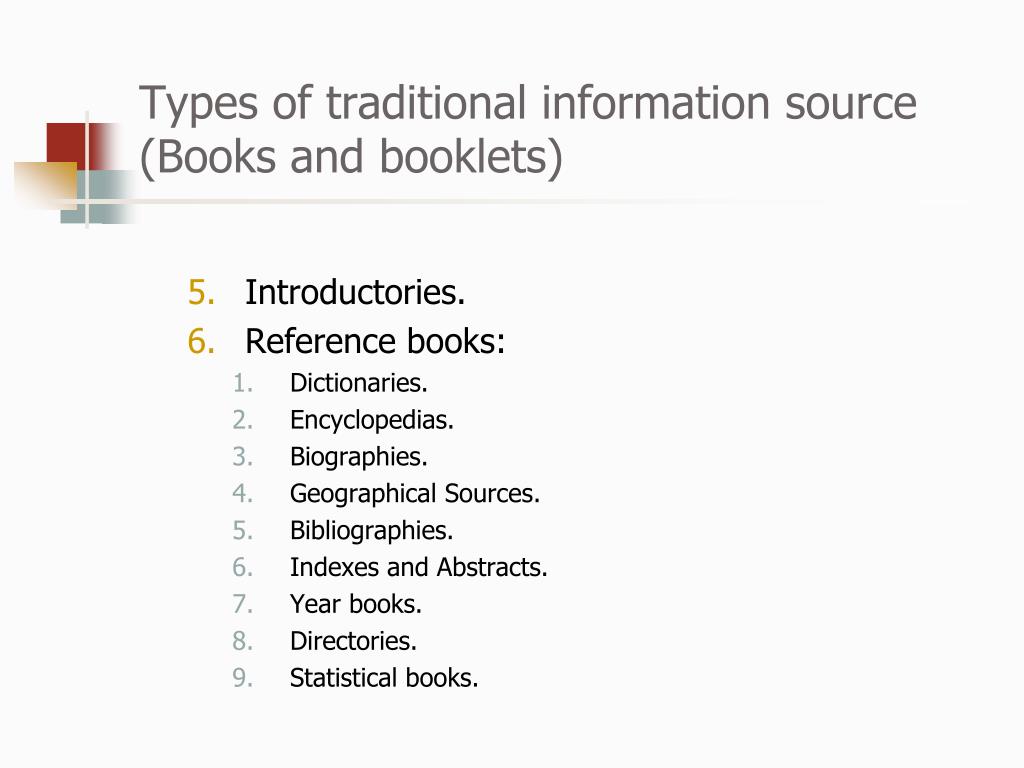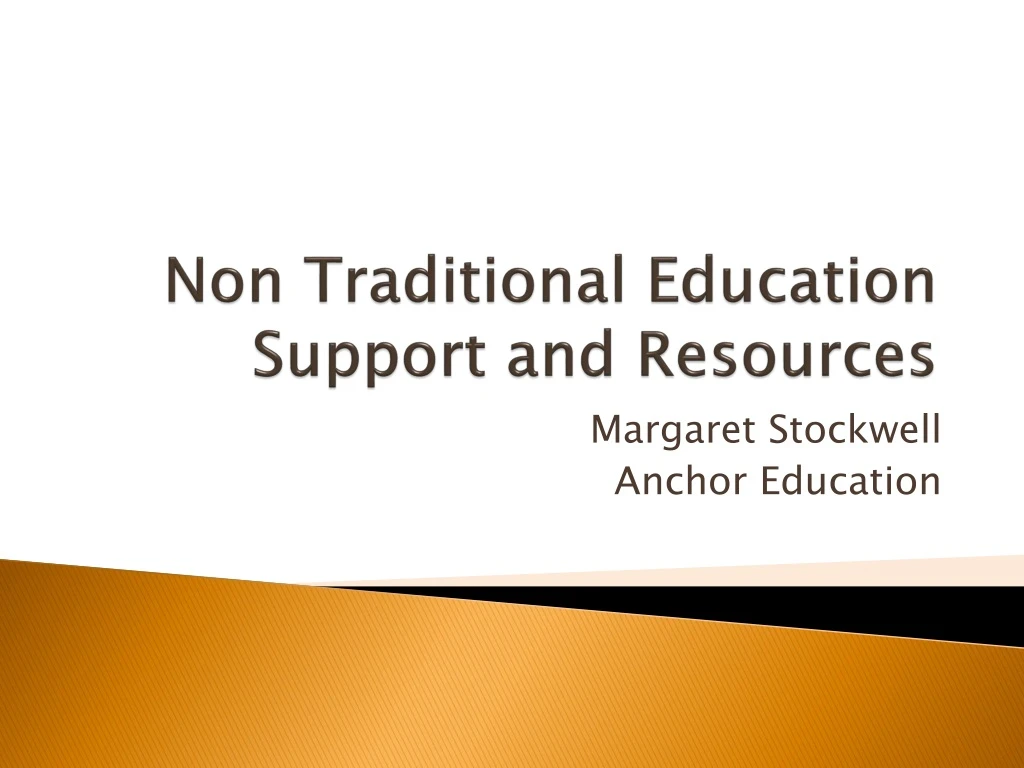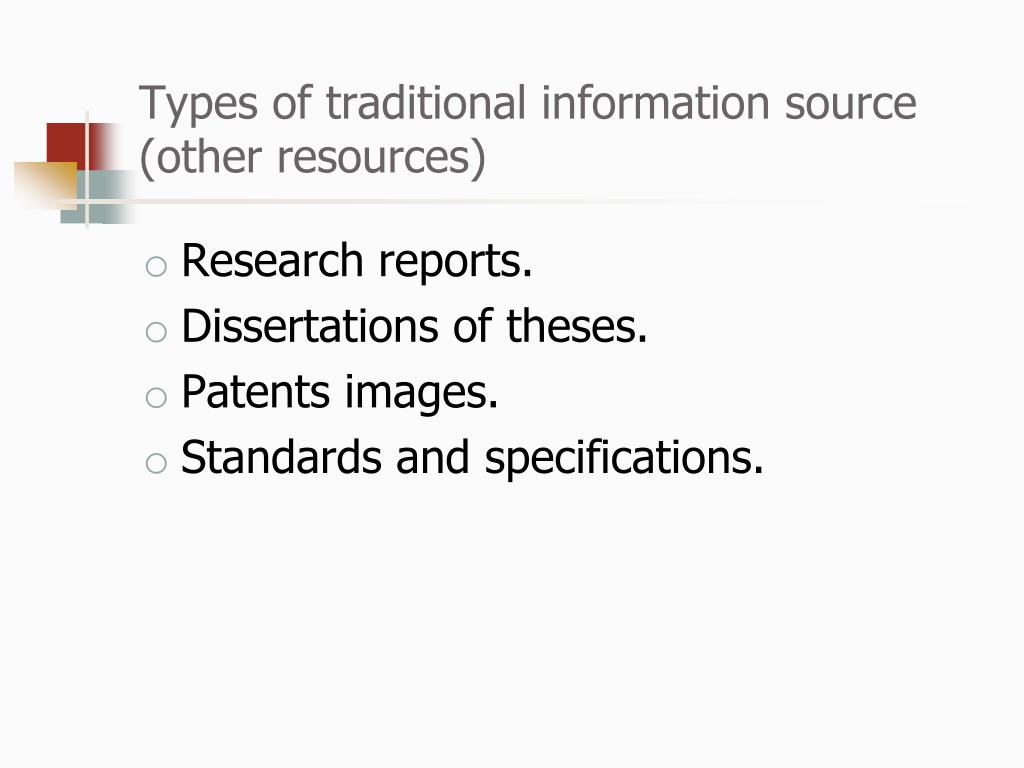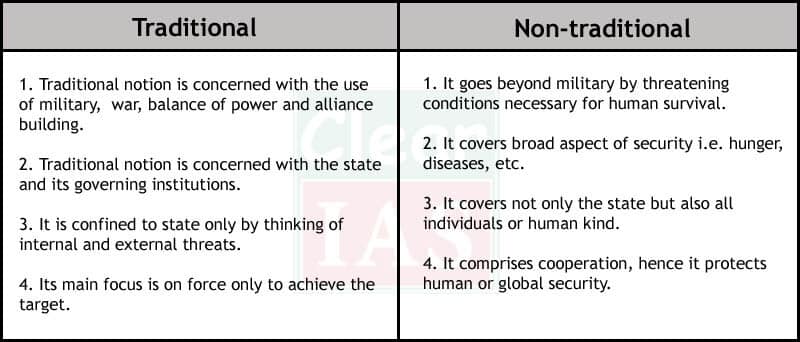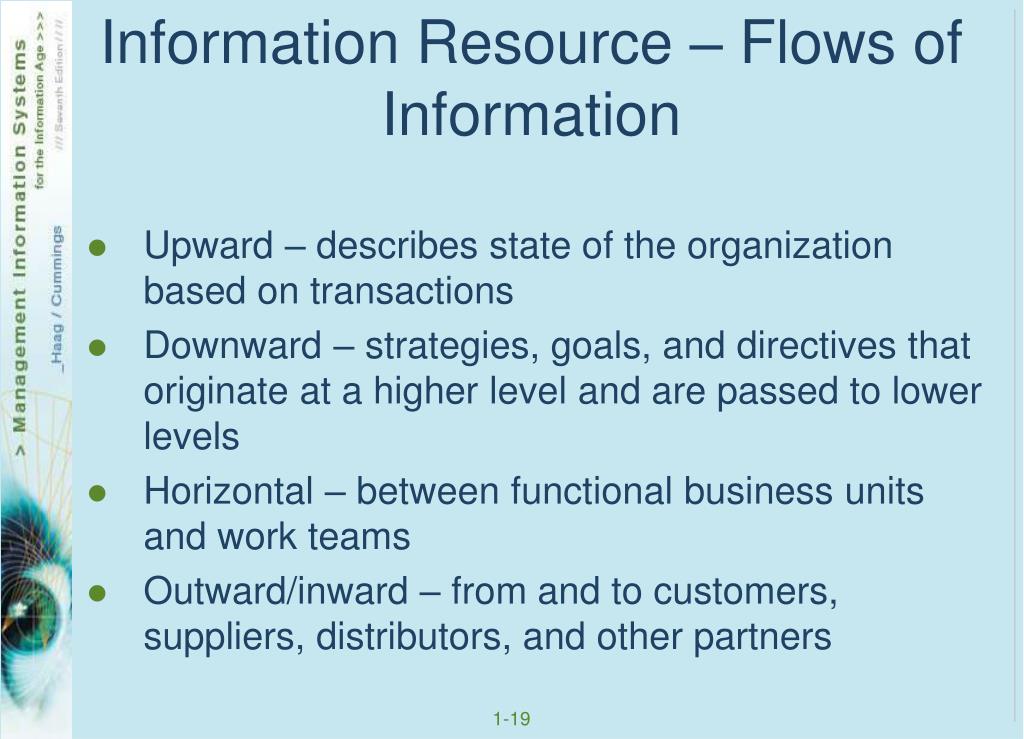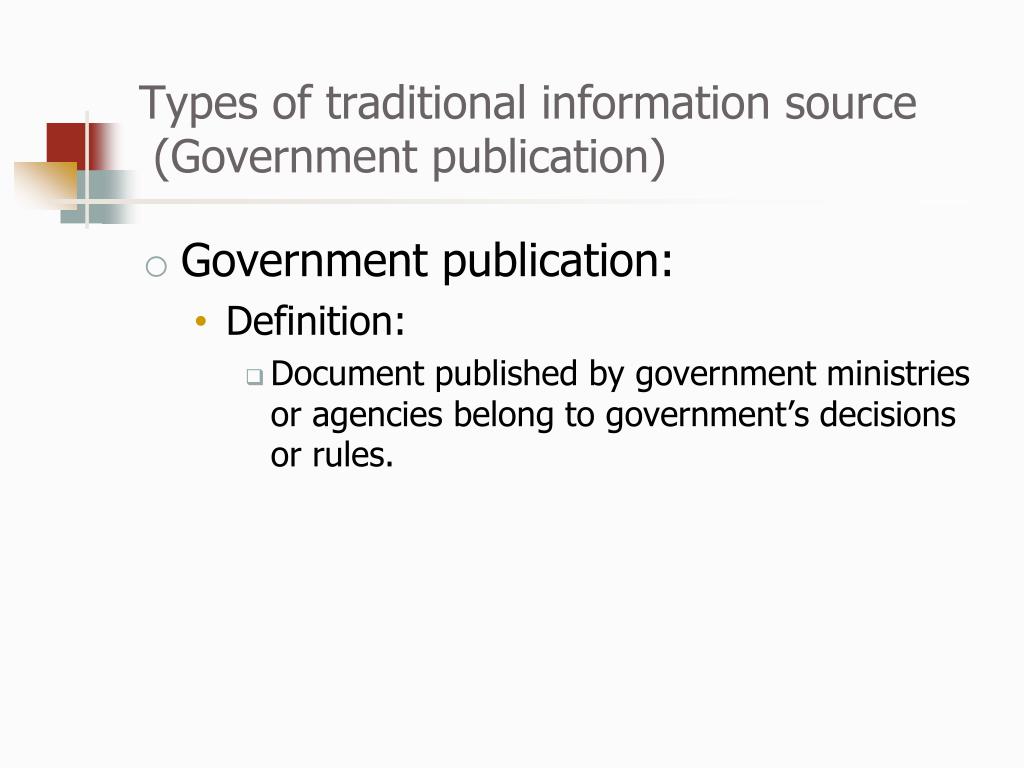Which Of The Following Is A Non-traditional Information Resource
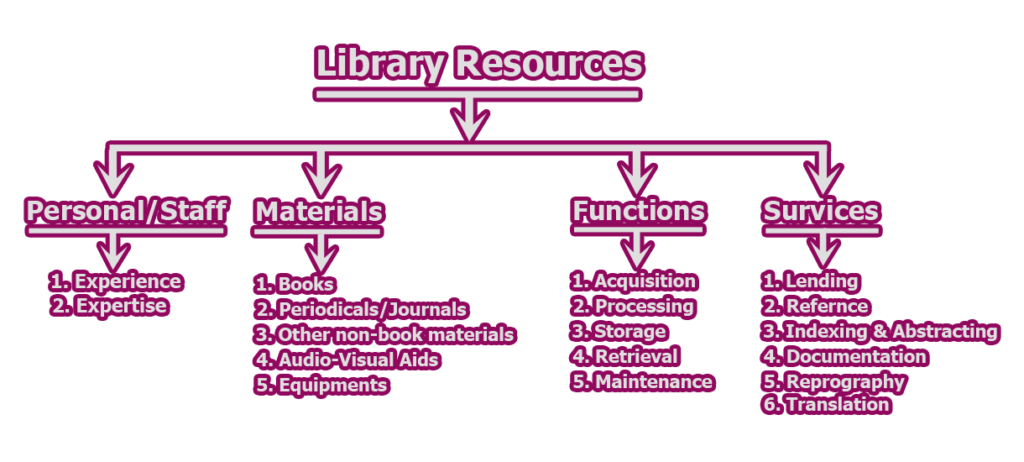
In an era saturated with information, understanding the sources we rely on is more critical than ever. Traditional sources like newspapers and academic journals have long shaped our understanding of the world. But the rise of digital media has introduced a plethora of non-traditional information resources, blurring the lines and challenging our established norms.
The question of "Which of the following is a non-traditional information resource?" becomes increasingly complex. It touches upon credibility, bias, and the very nature of information dissemination in the 21st century. This article aims to delve into this issue, examining the characteristics of both traditional and non-traditional resources, and exploring the implications for individuals and society.
Defining Traditional and Non-Traditional Information Resources
Traditional information resources generally refer to sources that have established methods for ensuring accuracy and reliability. These often include peer-reviewed journals, reputable newspapers and news organizations, and books published by established publishing houses. They typically adhere to journalistic ethics or rigorous academic standards.
Non-traditional information resources, on the other hand, encompass a wider range of platforms and content creators. This category includes social media platforms, blogs, online forums, podcasts, and citizen journalism websites. What sets them apart is often a lack of formal editorial oversight or established fact-checking processes.
Key Characteristics of Non-Traditional Resources
One of the defining features of non-traditional resources is their accessibility and immediacy. Anyone with an internet connection can create and share content, leading to a democratization of information. This accessibility, however, comes with inherent risks.
The absence of strict editorial standards means that misinformation, biased opinions, and even deliberate disinformation can easily spread through these channels. Furthermore, the algorithms that govern social media platforms can create "echo chambers," reinforcing existing beliefs and limiting exposure to diverse perspectives.
Another aspect is the potential for anonymity or pseudonymity. This can allow individuals to express views without fear of repercussions, but it also makes it harder to verify the source's credibility and motivations. Transparency is often limited.
Examples of Non-Traditional Information Resources
Social media platforms, such as Facebook, Twitter (now X), and Instagram, are prime examples of non-traditional resources. While news organizations may use these platforms to disseminate their content, the platforms themselves are also breeding grounds for user-generated content, including news, commentary, and opinions.
Blogs and online forums offer spaces for individuals to share their expertise or engage in discussions on specific topics. However, the information shared on these platforms is not necessarily vetted for accuracy or objectivity. Users must therefore exercise caution.
Podcasts and video-sharing platforms like YouTube can also be considered non-traditional resources. While some podcasters and YouTubers adhere to high standards of journalism, many do not, and the potential for bias or misinformation remains significant.
The Impact on Society and Individuals
The proliferation of non-traditional information resources has profoundly impacted society. It has led to increased polarization, as individuals are exposed to increasingly curated information that confirms their existing biases.
The ease with which misinformation can spread has also eroded trust in traditional institutions, including the media and government. This can lead to apathy, cynicism, and a decline in civic engagement.
For individuals, the challenge lies in developing critical thinking skills and learning to evaluate the credibility of different sources. Media literacy is essential for navigating the complex information landscape and making informed decisions.
Navigating the Information Age
Identifying a non-traditional information source is only the first step. It's equally important to assess its reliability. Look for signs of bias, check the author's credentials, and compare the information with other sources.
Fact-checking websites and media literacy organizations offer valuable resources for verifying information and identifying disinformation. These resources can help individuals develop a more discerning approach to online content.
Ultimately, critical thinking and a healthy dose of skepticism are essential tools for navigating the information age. By being aware of the potential pitfalls of non-traditional resources and actively seeking out diverse perspectives, individuals can become more informed and engaged citizens.
